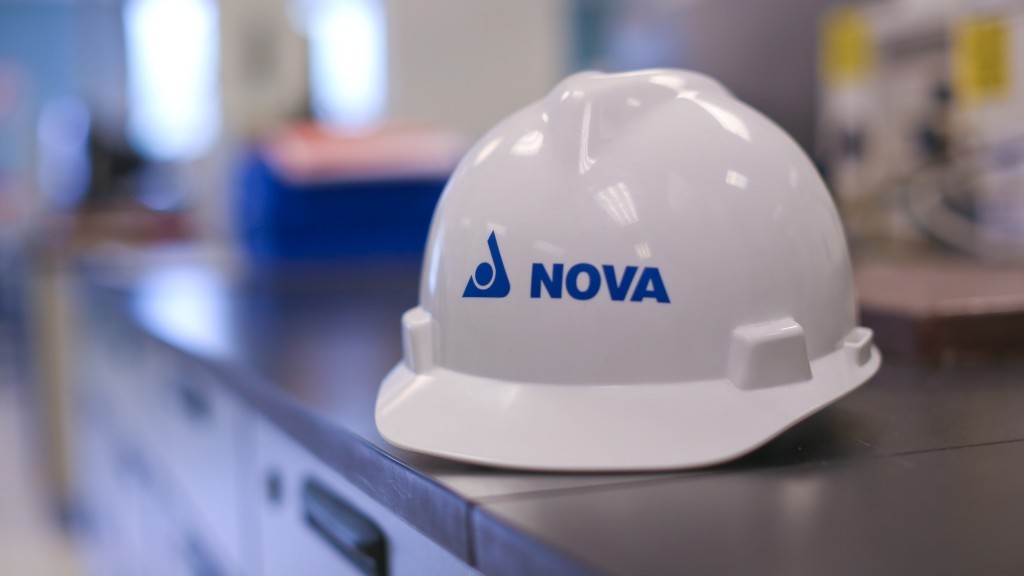
The Association of Plastic Recyclers (APR) has released a report that models the potential of pyrolysis technologies – as a complement to mechanical recycling – to recycle FFP back into plastic resins to be remanufactured into new plastic products. Prepared by Eunomia Research & Consulting, How to Scale the Recycling of Flexible Film Packaging: Modeling Pyrolysis' Role in Collection, Quantity and Costs of a Comprehensive Solution, details the opportunities for increased FFP recovery volumes, the logistics, and costs necessary to get materials to pyrolysis and other reprocessor markets, as well as the package design and policy necessary for change.
FFP packaging is a significant and growing segment that includes a broad array of snack packaging, pouches, bread bags, and other applications. While the challenges and potential opportunities for recycling FFP packaging have been discussed for nearly a decade, the industry is now at an inflection point for these materials. Several countries and U.S. states are setting recycling goals for FFP, and numerous brand companies have publicly committed to producing only reusable, recyclable, or compostable packaging by 2030. While over 1.1 billion pounds of polyethylene film were recovered for recycling in 2021, the vast majority of flexible film packaging is not recycled.
"We intentionally focused this report on FFP packaging used by consumers in the home as opposed to more homogeneous post-commercial streams," said Greg Janson, CEO of Granite Peak Plastics and co-chair of the APR Chemical Recycling Research Working Group. "We know this to be a policy focus and a very challenging packaging stream to collect, sort, and recycle due to its light weight, diversity of materials, sizes, and formats. We wanted to fully understand the logistics and costs of pyrolysis' potential role in recovery."
The APR supports responsible chemical recycling technologies that complement mechanical recycling by converting post-consumer plastics back into recycled resins for new plastic products. This report was designed to understand the potential complementary nature of re-processing technologies and how they might fit within a scalable recovery system for residential FFP. The findings illustrate that scaling the recycling of residential FFP back into recycled plastic is feasible but will require comprehensive and unparalleled supply chain coordination and investment.



